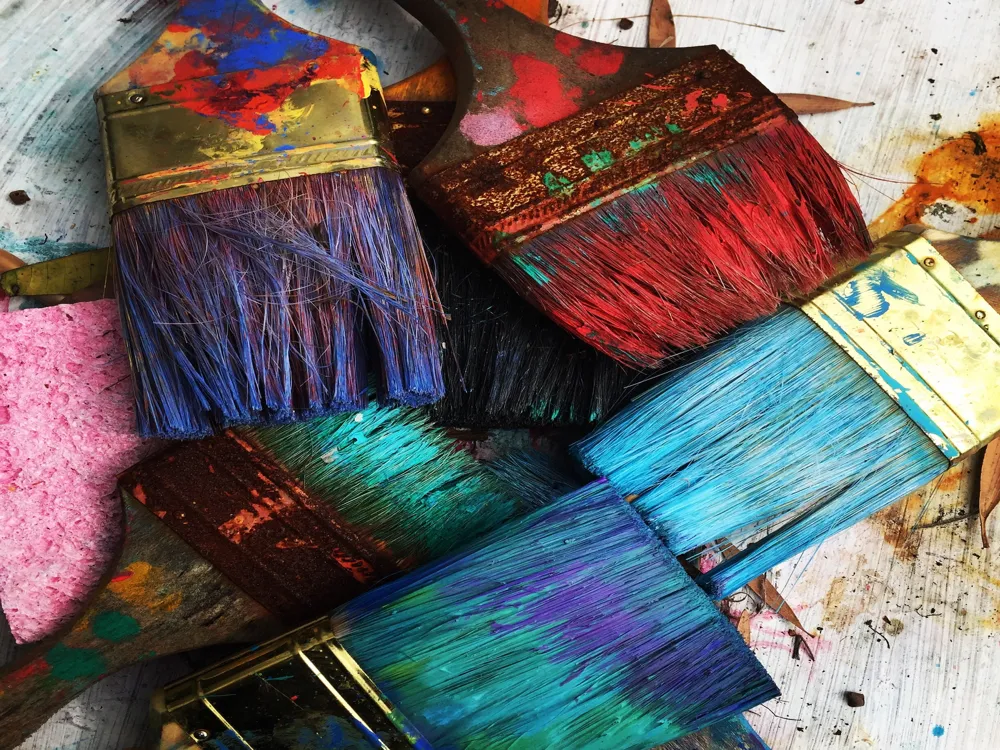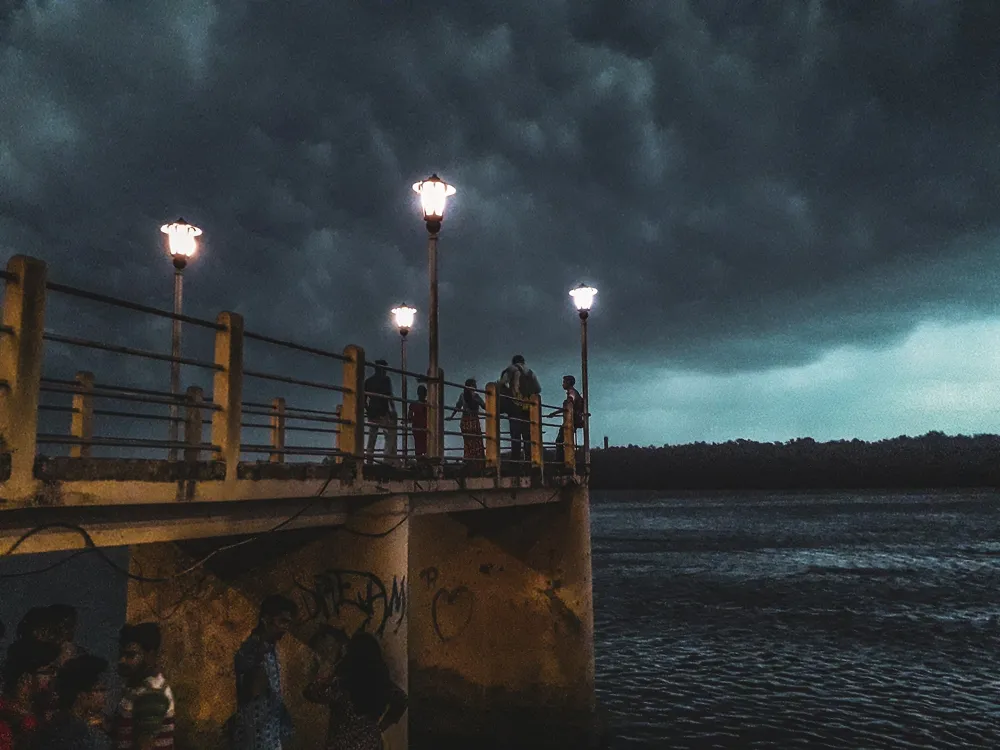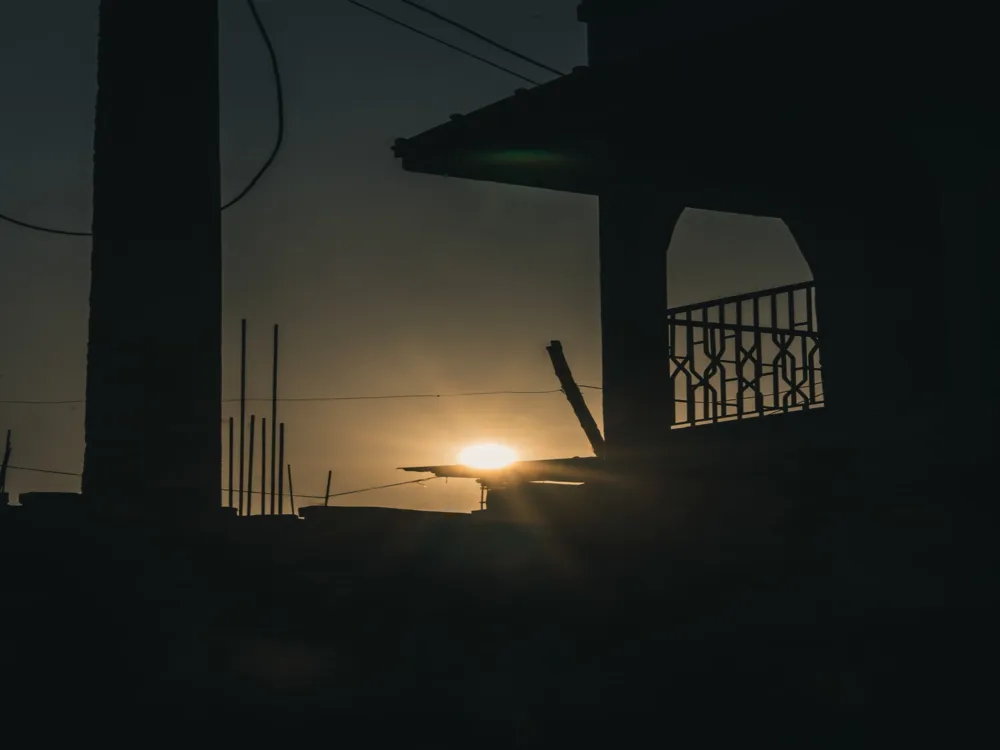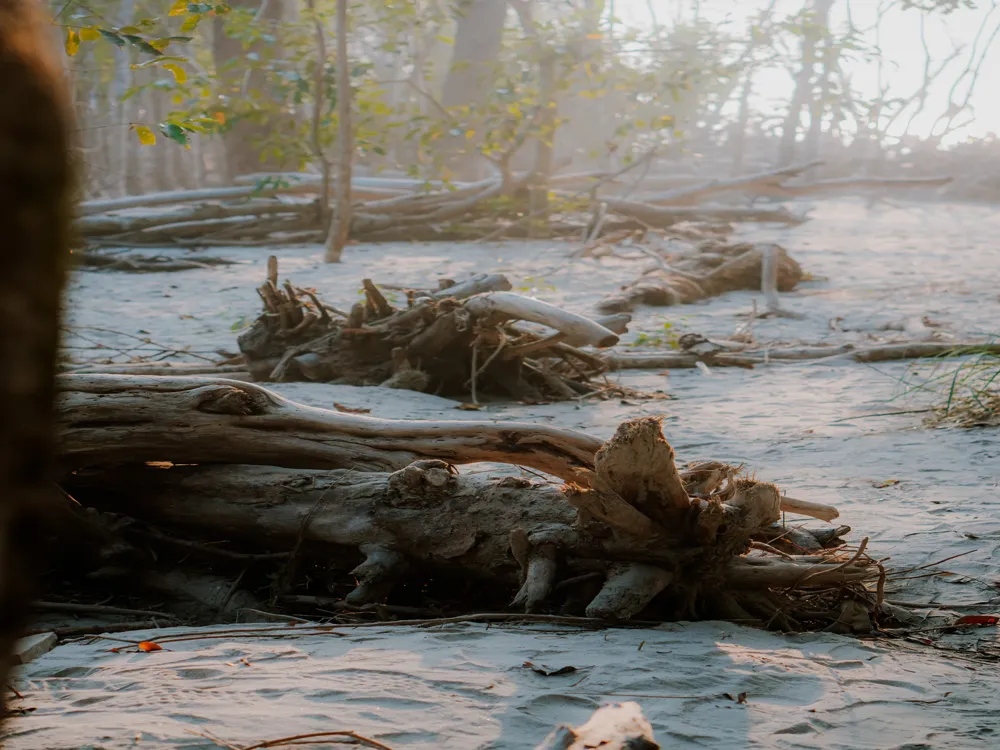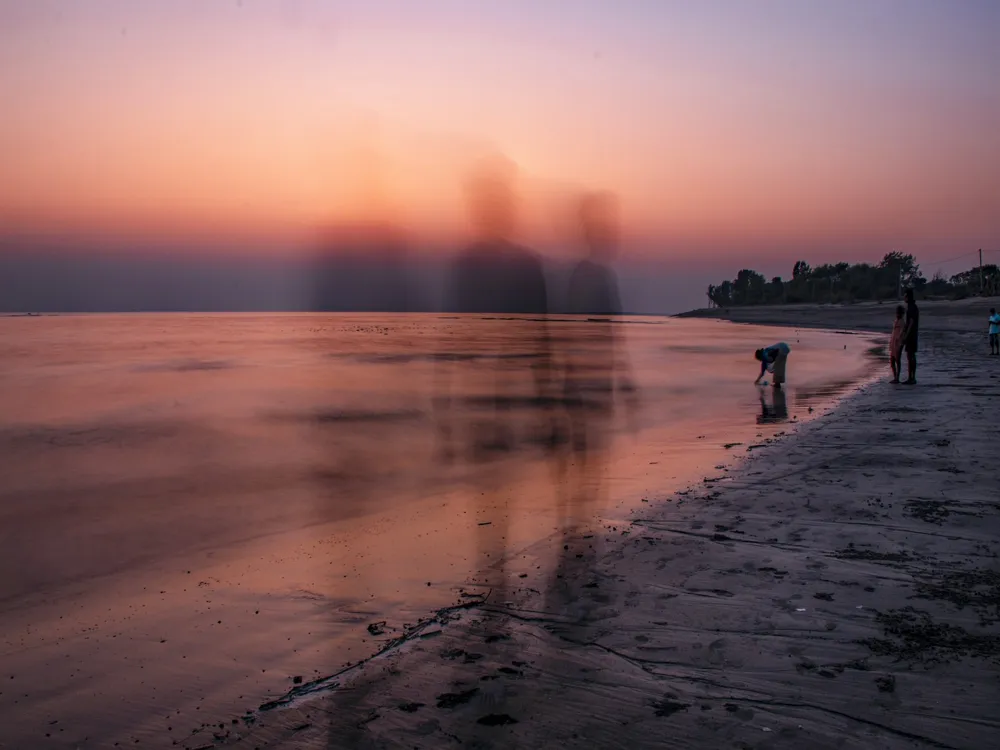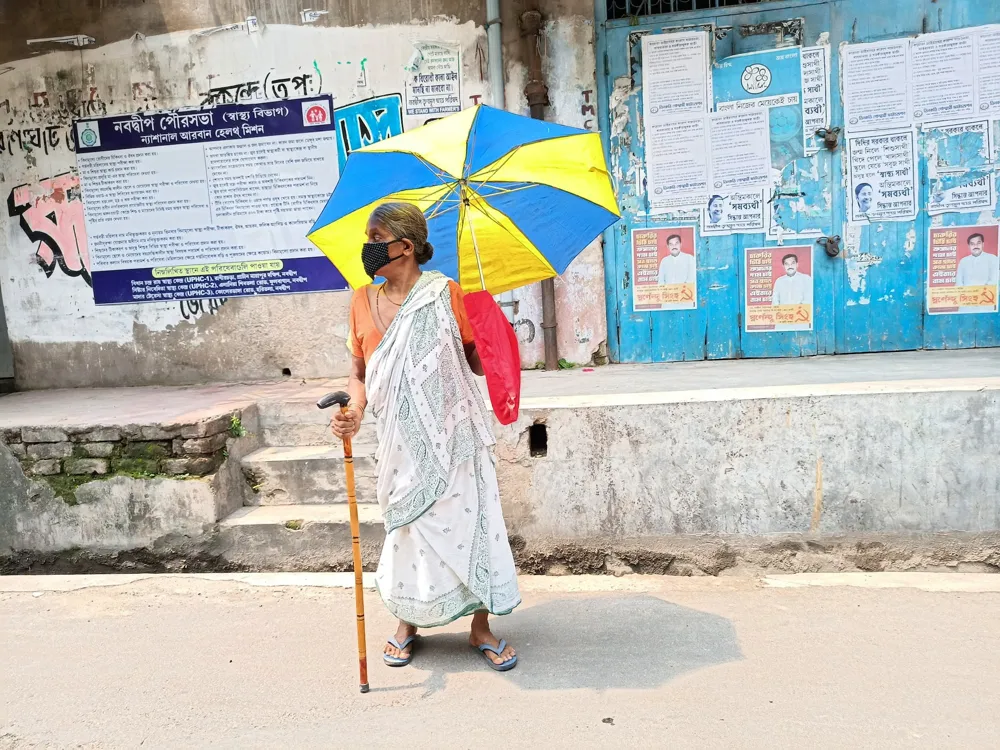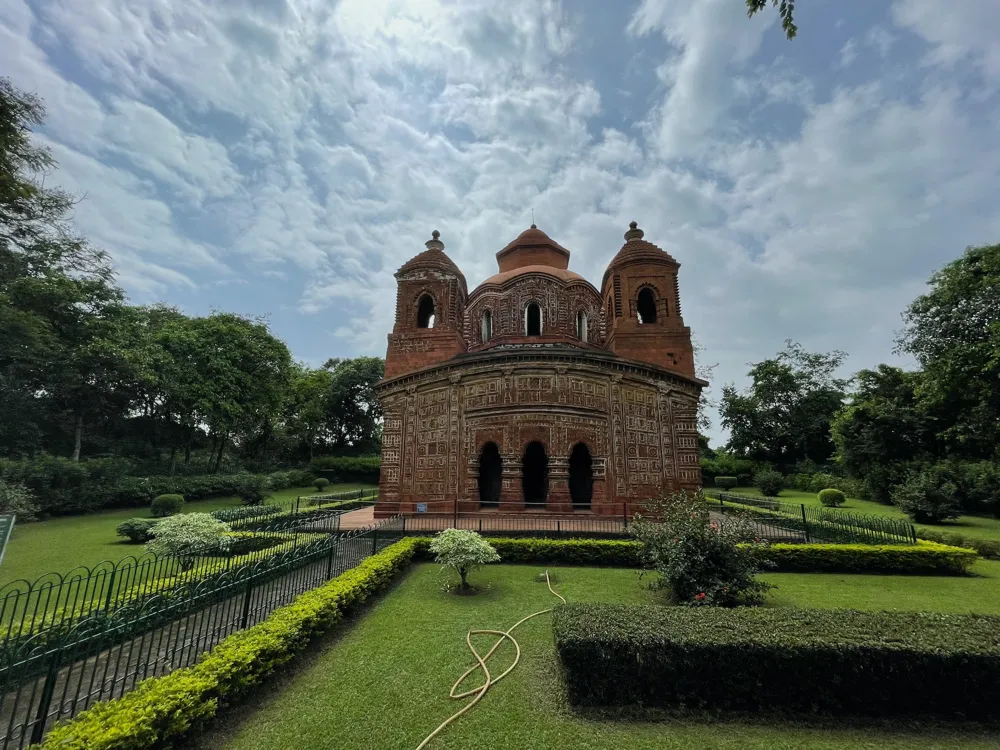Sabarna Sangrahashala, located in the culturally rich city of Kolkata in West Bengal, is a museum of great historical significance and cultural heritage. Established in 1965, it is housed in the ancestral home of the Sabarna Roy Choudhury family, who played a pivotal role in the socio-cultural landscape of Bengal. The museum stands as a testament to the rich history of Bengal, showcasing artifacts, documents, and exhibits that date back several centuries.
The collection at Sabarna Sangrahashala provides a window into the past, featuring items such as manuscripts, letters, coins, and utensils, each telling a story of Bengal's evolution through the ages. Notably, the museum houses the 'Deed of Kolkata' - a historic document that marks the transfer of the villages of Sutanuti, Govindapur, and Kalikata to the British East India Company by the Roy Choudhury family, leading to the foundation of the city of Kolkata.
As visitors walk through the corridors of this storied museum, they encounter a range of exhibits that narrate the rich cultural, political, and social history of Bengal. From the relics of the Mughal era to the memorabilia of the British period, each artifact plays a role in illustrating the complex tapestry of Bengal's past. The museum not only serves as a repository of history but also engages in research and educational activities, fostering a deeper understanding and appreciation of Bengal's heritage among the younger generations.
Sabarna Sangrahashala is more than just a museum; it's a journey through time, offering an immersive experience into the heart of Bengal's storied past. The museum's dedication to preserving and showcasing Bengal's history has made it a must-visit destination for history enthusiasts, researchers, and anyone interested in understanding the rich cultural legacy of this region.
The architecture of Sabarna Sangrahashala is a harmonious blend of traditional Bengali and colonial influences, reflecting the historical and cultural ethos of its time. The museum is housed in a heritage building that dates back over three centuries, offering a glimpse into the architectural style prevalent during the early days of Kolkata's establishment.
The structure of Sabarna Sangrahashala is characterized by its red brick facade, a common feature in colonial-era buildings in Bengal. The building's layout follows the traditional 'Thakurdalan' style, a typical feature in the grand houses of affluent Bengali families. This central courtyard, surrounded by rooms and galleries, was traditionally used for religious and social gatherings. It now serves as the heart of the museum, connecting the various sections and exhibits.
Intricate woodwork, ornate terracotta tiles, and period furniture adorn the interiors, transporting visitors to a bygone era. The high ceilings and spacious rooms are designed to facilitate natural ventilation, a necessity in the tropical climate of Bengal. The museum’s architecture not only serves a functional purpose but also adds to the aesthetic and historical value of the exhibits it houses.
The preservation of the building's original architecture is a testament to the museum's commitment to conserving the cultural heritage of Bengal. As visitors explore the museum, they are enveloped in an ambiance that is both historical and educational, offering a unique experience that is rare in the modern urban landscape of Kolkata.
Before visiting Sabarna Sangrahashala, it's advisable to check the museum's opening hours and any special events or exhibitions that might be taking place. Planning ahead ensures you make the most of your visit.
Consider taking a guided tour for a more informative experience. The guides at Sabarna Sangrahashala are knowledgeable and can provide in-depth insights into the exhibits and the history of the Roy Choudhury family.
Photography may be restricted in certain areas of the museum. Always ask for permission before taking photographs, and be mindful of the museum's photography policy.
As a mark of respect to the cultural significance of the place, visitors are advised to dress conservatively. Comfortable walking shoes are recommended as you'll be exploring various sections of the museum.
Kolkata can be quite warm, especially in the summer months. Carry a bottle of water to stay hydrated during your visit.
Sabarna Sangrahashala is located in the Barisha area of Kolkata and is easily accessible by various modes of transportation. Visitors can reach the museum via public transport, including buses and taxis. For those preferring a more local experience, auto-rickshaws are also available. The nearest railway station is the Behala railway station, from where the museum is a short ride away. For visitors coming from outside Kolkata, the Netaji Subhash Chandra Bose International Airport is the closest airport, and from there, one can hire a taxi to reach the museum.
When planning your route, consider using a GPS navigation system or a local map to find the most convenient way to reach Sabarna Sangrahashala. Additionally, asking locals for directions can also be helpful, as the museum is a well-known landmark in the area.
Overview of Sabarna Sangrahashala, Kolkata, West Bengal
Architecture of Sabarna Sangrahashala
Tips When Visiting Sabarna Sangrahashala
Plan Your Visit
Guided Tours
Photography
Dress Appropriately
Stay Hydrated
How To Reach Sabarna Sangrahashala
Sabarna Sangrahashala
Kolkata
West Bengal
NaN onwards
View kolkata Packages
Kolkata Travel Packages
View All Packages For Kolkata
Top Hotel Collections for Kolkata

Private Pool

Luxury Hotels

5-Star Hotels

Pet Friendly
Top Hotels Near Kolkata
Other Top Ranking Places In Kolkata
View All Places To Visit In kolkata
View kolkata Packages
Kolkata Travel Packages
View All Packages For Kolkata
Top Hotel Collections for Kolkata

Private Pool

Luxury Hotels

5-Star Hotels

Pet Friendly







